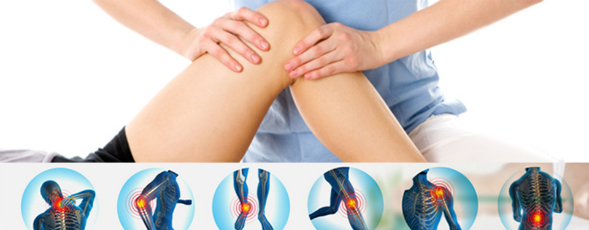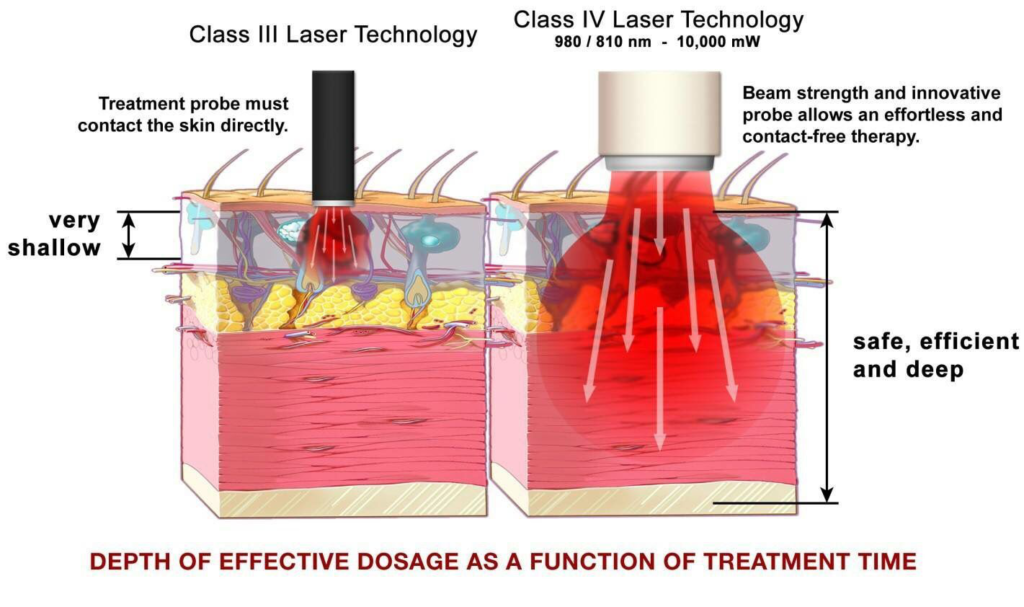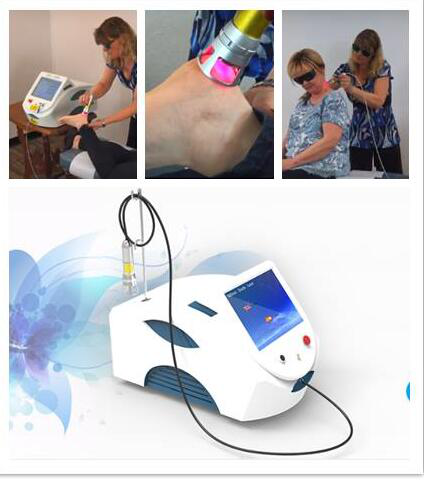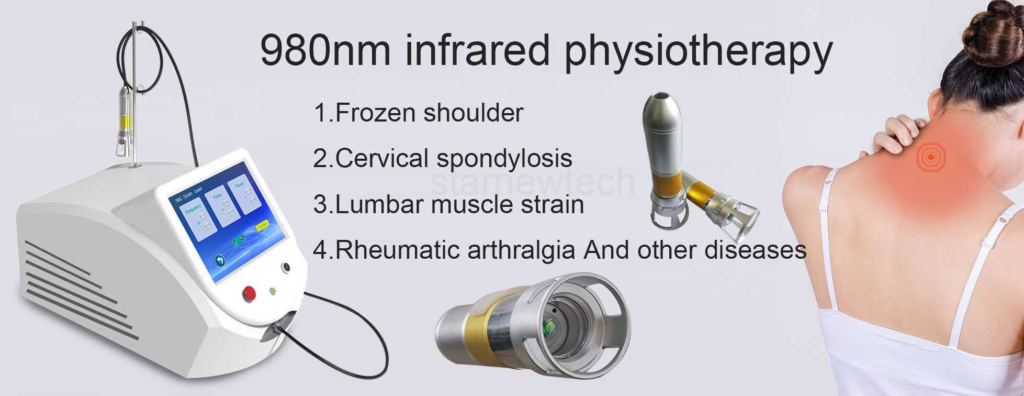05月11 5 Things You Should Know About Deep Tissue Laser Therapy
Clinicians are using laser therapy more often than ever before to help reduce pain and inflammation related to many common conditions.
Thousands of doctors and patients have experienced the power of laser therapy and are familiar with its therapeutic effects, but for those who aren’t, here are 5 things everyone should know about it:

1. It reduces pain and inflammation without side effects
A laser is a device that produces such a light. Low level laser therapy (LLLT) is used by some physiotherapists to treat various musculoskeletal condition. LLLT is a non-invasive light source treatment that generates a single wavelength of light. It emits no heat, sound, or vibration. This interaction triggers a biological cascade of events that leads to an increase in cellular metabolism and a decrease in both pain and inflammation. Unlike medications, laser therapy reduces pain without undesirable side effects.
It is also important to point out that patients report long-lasting pain relief. While the number of treatments required may vary depending on the acuity of the condition, many patients experience lasting relief after only a couple treatments.
2. Can be used for acute and chronic conditions
When treating acute conditions with laser therapy, it is particularly effective when it is administered as soon as possible following injury (assuming there is no active hemorrhaging). The faster the inflammation is reduced and the healing process can begin, the better. In the case of acute injury, laser therapy helps restore the body to normal function quicker.
With chronic conditions, laser therapy is used most often to help combat persistent pain and inflammation. The new 980nm diode laser is being used by clinicians to quickly reduce inflammation in patients suffering from chronic pain. This therapy laser is especially well-suited for treating chronic conditions because it enables clinicians to treat a wider area of interest while still delivering therapeutically relevant dosages.

3.What Conditions/Injuries can be treated by Laser Therapy?
– Tendonitis
– Rotator Cuff Tears
– Tennis and Golfer’s Elbow
– Calcifications
– Fractures with Soft Tissue Damage
– Ligament and Tendon Tears
– Sprains and Strains
– Plantar Fasciitis
– Degenerative Disc Disease
– Bursitis
– Chondromalacia Patella
– TMJ
– Carpal Tunnel Syndrome
– Whiplash
– Arthritis

4. Treatments Feel Good
One common question related to laser therapy is, “What does it feel like?” Depending on the laser, it can create little to no sensation or it can create a gentle, soothing warmth. Many patients receiving 980nm Diode Laser Therapy treatments report enjoying the experience, especially when a massage-ball treatment head is used to deliver what is often referred to as a “laser massage.”
Patients receiving treatments with higher-power lasers also frequently report a rapid decrease in pain. For someone suffering from chronic pain, this effect can be particularly pronounced.
5. Treatments Are Fast
With 980nm Diode Laser, treatments are quick, usually 5-10 minutes depending on the size, depth, and acuteness of the condition being treated. High-power lasers are able to deliver a lot of energy in a small amount of time, so therapeutic dosages are achieved quickly. For people with packed schedules, patients and clinicians alike, fast and effective treatments are a must.





No Comments